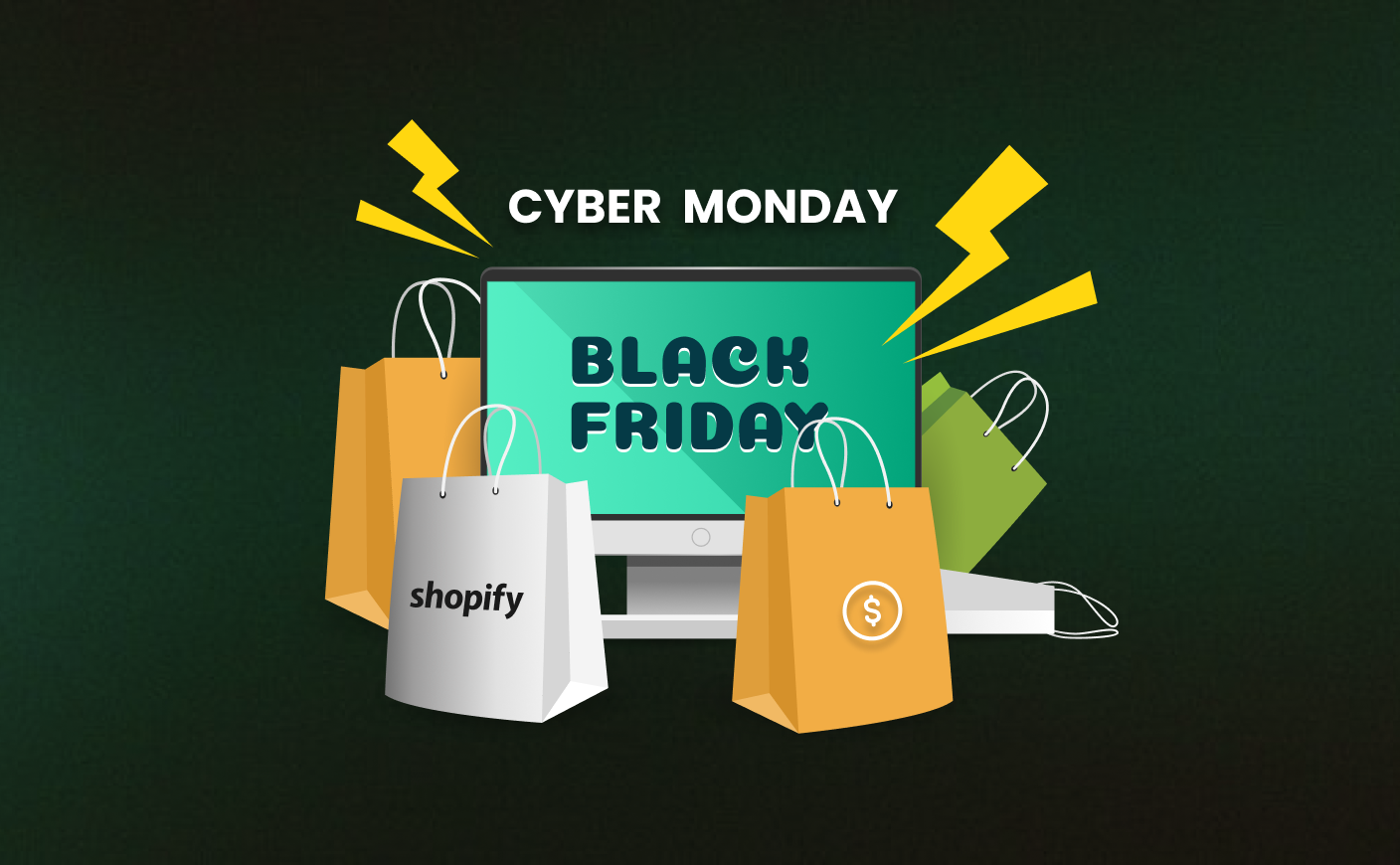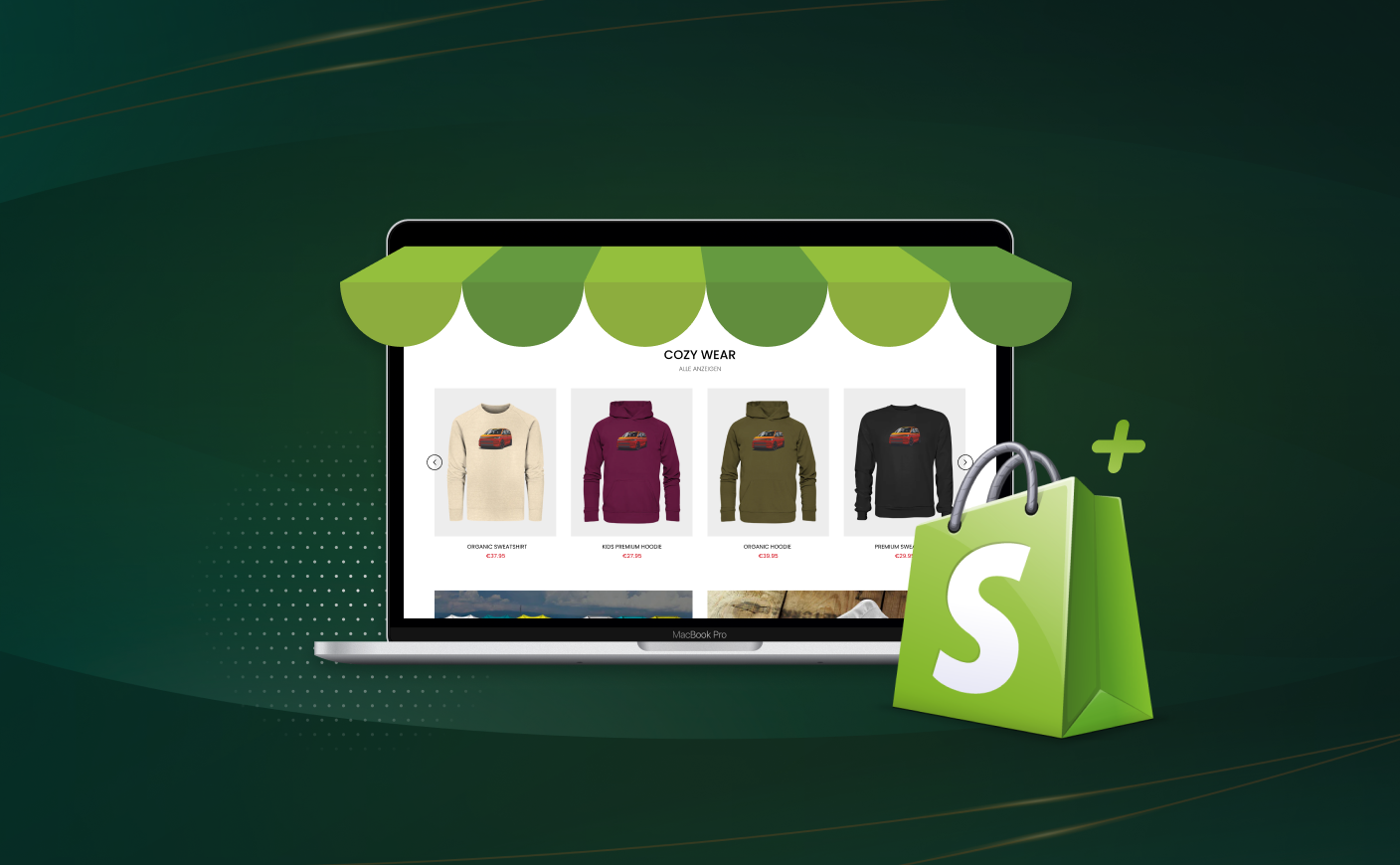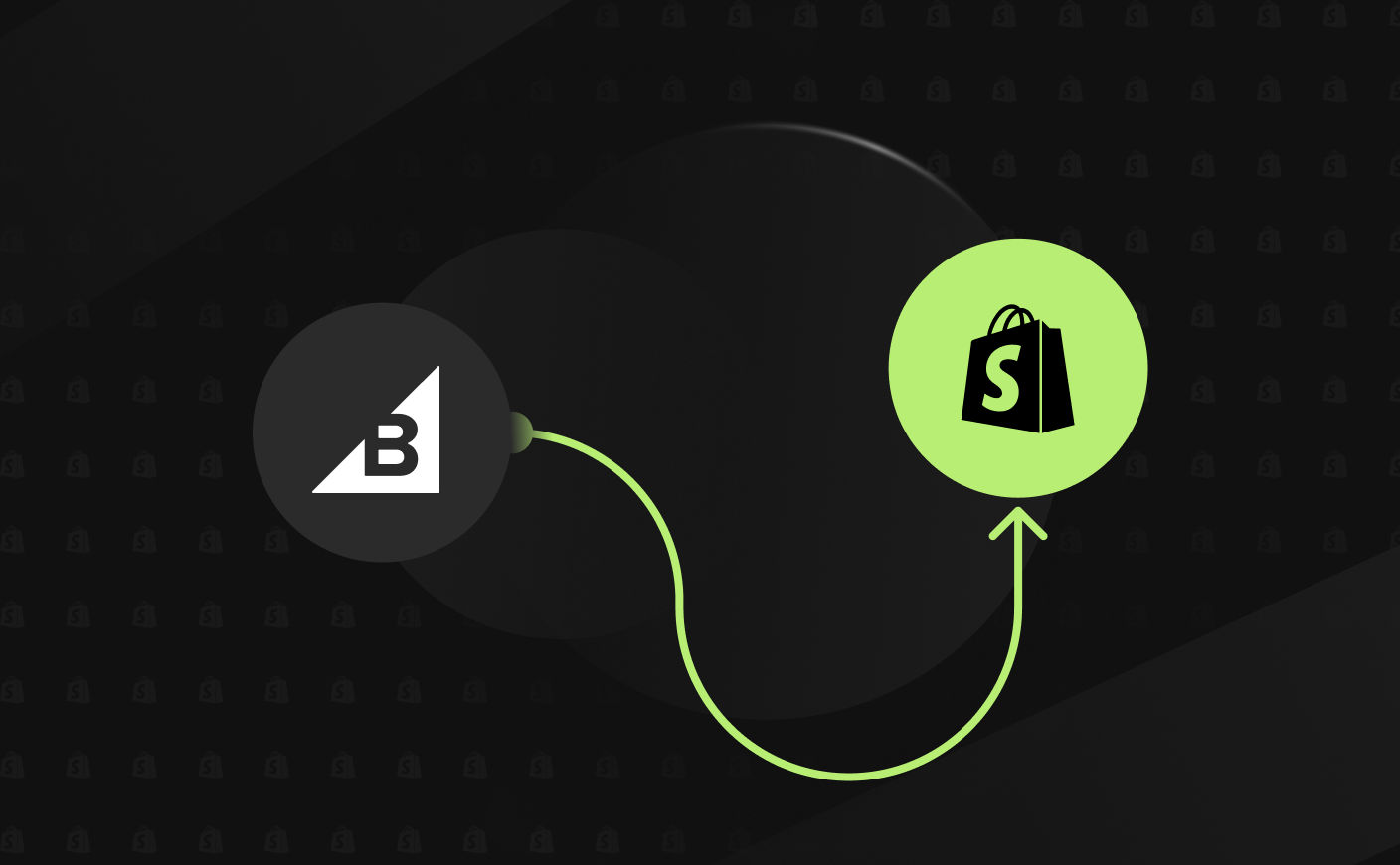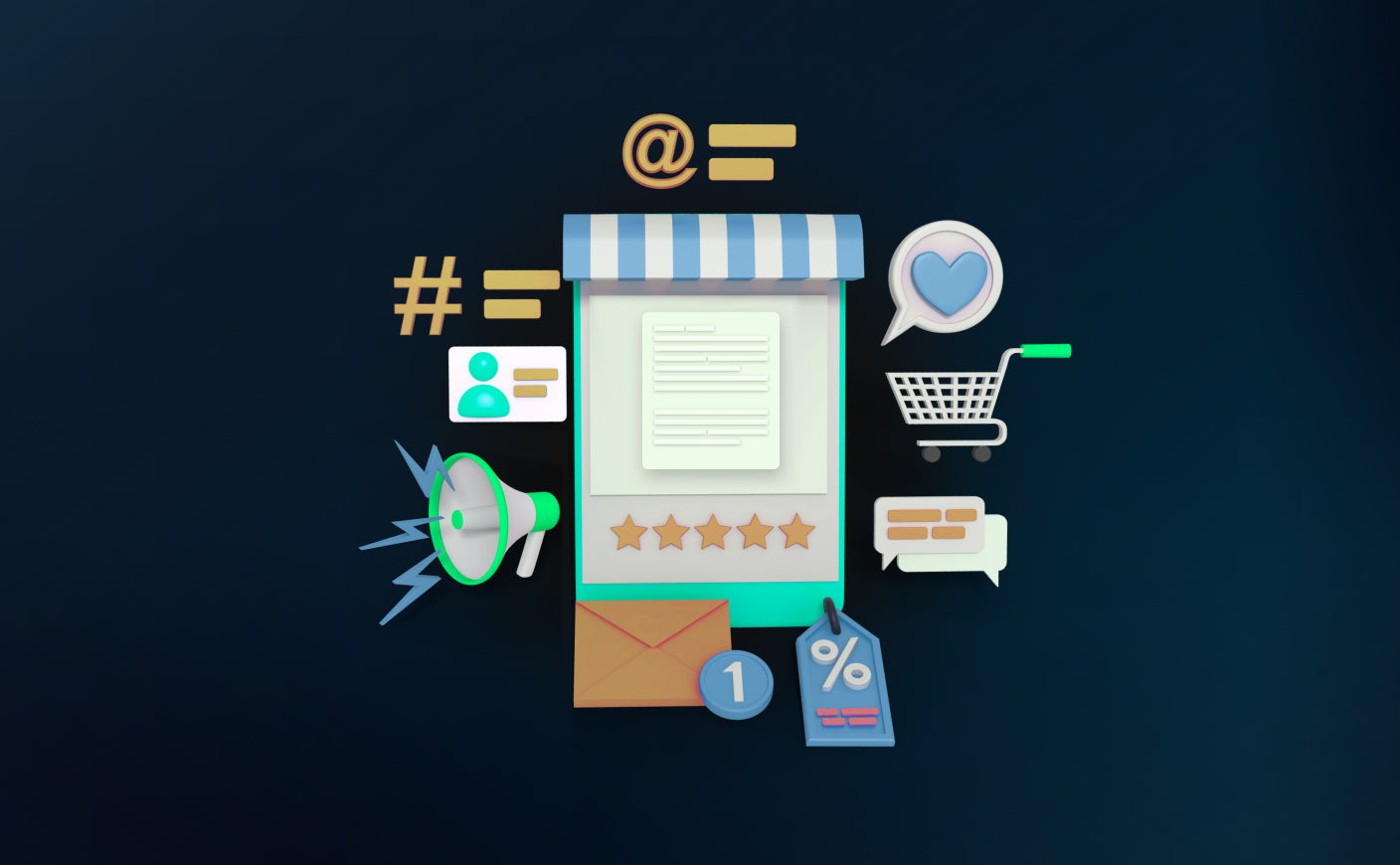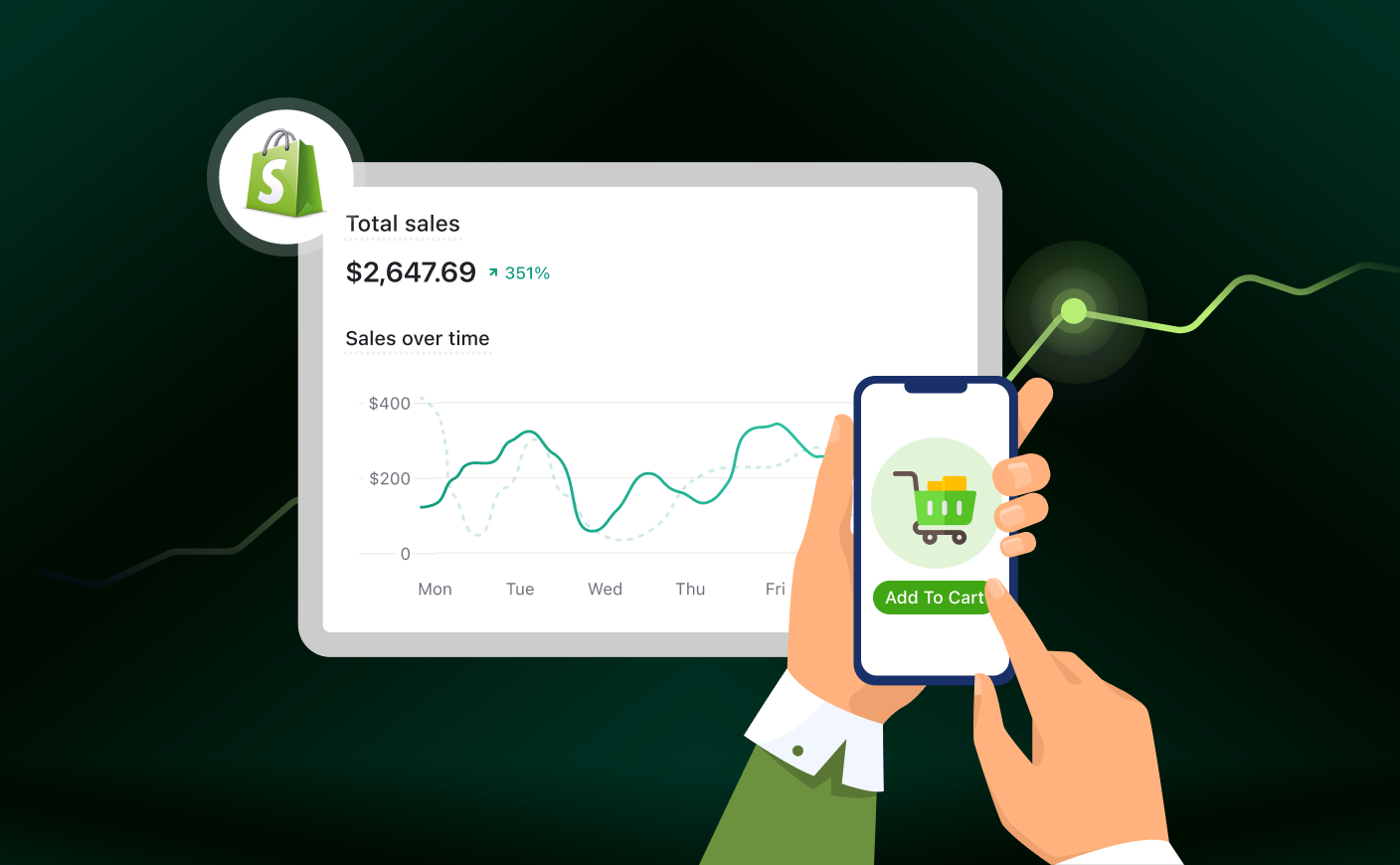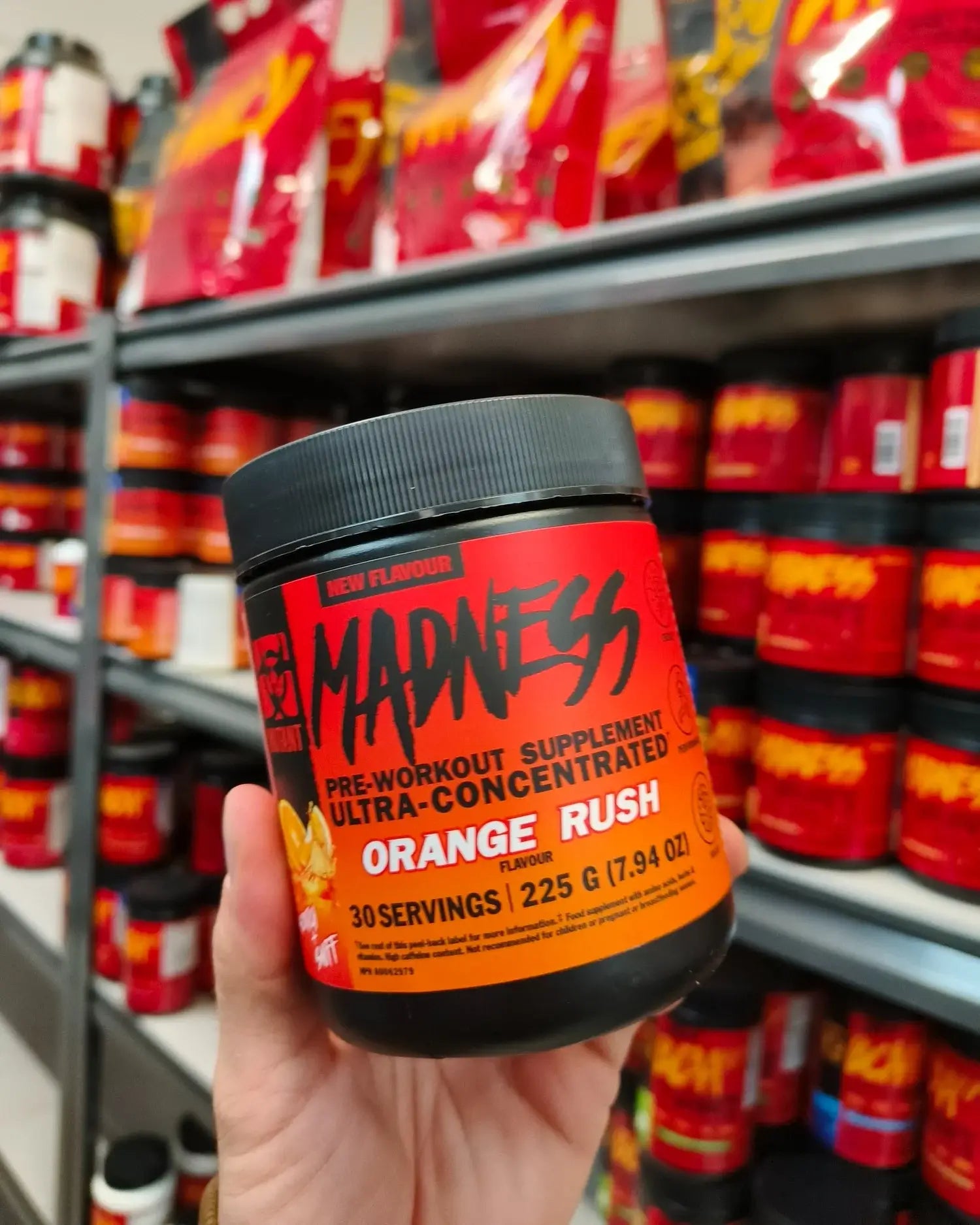Top Shopify Marketing Automation Tools for 2025
shopify marketing
shopify tools

In 2025, U.S. Shopify stores will face a brutal truth: automate or evaporate.
With ecommerce sales projected to surpass $1.3 trillion in the U.S., the competition has never been fiercer. Every day, new brands emerge, digital ad costs reach an all time high, and customer expectations grow higher. Manual marketing efforts are no longer enough - without automation, businesses risk failing behind in a game where speed and precision are everything.
The right automation tools can transform a store’s marketing efforts, turning manual processes into efficient, revenue-driving machines.
This guide explores the top Shopify marketing automation tools for 2025, carefully selected to help businesses streamline operations, increase conversions, and scale faster than ever before.
Shopify Marketing Tools That Will Define Your Success In 2025
These Shopify marketing tools will not work just as an advantage - but will make all the difference between thriving and barely surviving in Shopify’s hyper-competitive landscape of 2025.
1 Klaviyo

First on the list—and for good reason—is Klaviyo, the ultimate marketing automation tool for Shopify merchants who want to dominate 2025.
Why? Let’s see.
Klaviyo doesn’t just automate campaigns—it creates data-driven, hyper-personalized experiences that turn browsers into buyers.
- AI-powered segmentation ensures targeted messaging that actually converts.
- Email + SMS marketing in one place drives engagement without the hassle of juggling multiple platforms.
- One-click Shopify integration gives instant access to customer data for smarter automation.
In 2025, it is not just about acquiring new customers - but knowing who will spend the most. Klaviyo’s predictive analytics helps brands identify high-Lifetime Value (LTV) customers, allowing them to double down on those who drive the most revenue.
In addition, its ‘Viewed Product’ automation flow sends a perfectly timed email or SMS reminder, nudging abandoned users back to checkout. Shopify brands using this strategy recover up to 35% of lost sales, making it one of the simplest yet most powerful automation tricks.
2 ActiveCampaign

Next on the list is ActiveCampaign, the perfect tool for Shopify merchants looking to run smooth, data-driven marketing across multiple channels.
Why? Let’s see.
The tool doesn’t just automate communication—it builds behavior-driven workflows that keep customers engaged and loyal.
- CRM + email + SMS in one platform ensures a unified customer experience.
- Behavioral automation triggers messages based on real-time customer actions.
- Machine learning-powered optimizations tweak campaigns for maximum performance.
- Scales effortlessly for mid-sized U.S. retailers looking to expand without complexity.
2025 is the year of real-time adaptability. ActiveCampaign’s machine learning capabilities analyze campaign performance on the go, automatically adjusting email and SMS sequences to match customer behavior. This ensures brands stay ahead of shifting market trends without constant manual intervention.
In addition, its ‘Win-Back’ SMS automation helps re-engage inactive customers by sending personalized reminders or offers. Shopify merchants leveraging this strategy see up to 20% reactivation rates, making it a must-have tool for long-term customer retention.
Also read: The key updates to the Shopify partner program for 2025
3 Omnisend

For Shopify merchants looking for plug-and-play automation, Omnisend is the best tool in 2025.
Why? Let’s see.
In addition to sending messages, Omnisend delivers pre-built, high-converting workflows that drive revenue on autopilot.
- Pre-built Shopify workflows like cart recovery, welcome series, and post-purchase follow-ups save time.
- SMS + push notifications ensure brands reach mobile-first U.S. shoppers instantly.
- Geo-targeting capabilities personalize offers based on customer location.
- Budget-friendly pricing makes it a perfect choice for small U.S. Shopify stores.
Mobile-first marketing is an integral part of today’s generation. With Omnisend’s SMS and push notification automation, Shopify brands can engage customers in real-time, improving conversions and reducing cart abandonment.
Moreover, its geo-targeted SMS campaigns allow businesses to send location-based offers, making promotions feel more relevant and personalized. Since U.S. shoppers crave local deals, brands using this strategy see a significant lift in engagement and sales.
4 Drip

Coming in strong at number four is Drip, one of the best tools for Shopify merchants who want to go beyond basic automation and tap into real customer behavior to drive more sales.
So, why does Drip stand out?
Unlike standard email tools, Drip adapts to each customer’s journey, making every interaction feel personal and timely. It’s like having a 24/7 sales assistant that knows exactly what each shopper needs.
- Dynamic content and lead scoring ensure that every message is tailored to customer intent.
- AI-powered product recommendations increase Average Order Value (AOV) by 25%, leading to bigger checkouts.
- Deep ecommerce segmentation helps brands target the right audience with laser focus.
- Perfect for fast-scaling U.S. niche brands that need precision marketing without the complexity.
In 2025, shoppers expect brands to know what they want—before they even ask. Drip’s AI product recommendation engine analyzes browsing and purchase patterns to suggest the right products at the right time, leading to bigger orders and more repeat customers.
And here’s where it gets even better—Drip’s ‘Browse Abandonment’ emails automatically bring back window shoppers, reminding them of what caught their eye. Brands using this feature see a 15% conversion rate on what would have been lost sales.
Also read: Chatbot vs Conversational AI - Which delivers better CX
5 Shopify Flow

Sometimes, the best automation tool is the one built right into Shopify. Shopify Flow is that one such tool - powerful, easy, and designed to make complex tasks feel effortless.
What makes it a must-have?
Unlike third-party apps, Shopify Flow works natively within Shopify, meaning zero coding headaches and instant integration with store operations. It’s like putting your entire business on autopilot.
- No-code automation handles repetitive tasks so merchants can focus on growth.
- Custom workflows for inventory management, customer tagging, and loyalty programs.
- Free for Shopify Plus users, making it a go-to for U.S. enterprise brands.
- Scales easily to support businesses of all sizes.
In 2025, efficiency is everything. Shopify Flow allows merchants to build custom workflows that automatically update inventory, segment customers, and even trigger special offers based on user behavior—without lifting a finger.
One special hack? Auto-tagging VIP customers for instant upsell opportunities.
U.S. merchants leveraging this feature report a 10% increase in revenue, proving that smart segmentation leads to bigger sales.
Also read: Shopify growth hacks for 2025
6 HubSpot

If there’s one tool that does it all, HubSpot takes the crown. More than just a marketing automation platform, it’s a full-scale revenue engine that combines CRM, email marketing, analytics, and automation—all in one system.
Why is HubSpot a must-have for Shopify stores?
Because it connects the dots between marketing, sales, and customer data, ensuring that every campaign works smarter, not harder.
- Smooth Shopify integration lets merchants track and nurture leads effortlessly.
- AI-driven lead scoring helps businesses prioritize high-value customers.
- Multi-channel automation ensures the right message reaches the right person at the right time.
- Powerful analytics provide deep insights to optimize every stage of the sales funnel.
In 2025, success won’t just be about attracting customers—it’ll be about keeping the right ones engaged. HubSpot’s AI-driven lead nurturing ensures Shopify merchants focus on the top 20% of their most valuable customers, saving time and maximizing revenue.
And here’s the best part - HubSpot syncs directly with Shopify, making lead scoring automatic. No more guessing who to target—HubSpot does the heavy lifting, so businesses can double down on leads that are ready to buy.
7 GetResponse

GetResponse is the perfect tool for startups and mid-sized brands - basically those who are looking for growth on a budget.
Let’s talk about what makes this tool a must-have for online stores.
GetResponse takes automation to the next level by blending email, SMS, and landing pages into a single, easy-to-use platform.
- Pre-built ecommerce automations, like abandoned cart reminders, save lost sales easily.
- Integrated landing pages help capture leads and convert visitors without extra software.
- Email + SMS marketing in one place means smooth customer engagement.
- Affordable pricing makes it a go-to for U.S. startups looking to scale fast.
And this is where GetResponse stands out in 2025 - pre-built automations.
Instead of setting up complex workflows from scratch, Shopify merchants can launch high-converting campaigns in minutes. We are talking about automated cart recovery emails, product recommendations, and post-purchase follow-ups—all running on autopilot.
And for those looking to upsell like a pro, this tool’s webinar feature is a hidden gem. Hosting a live session showcasing products or offering exclusive deals can improve conversions by 30%, turning casual browsers into loyal buyers.
Also read: Key Shopify trends for US business in 2025
8 ManyChat

Social commerce is booming in the U.S., and if a brand isn’t leveraging automated DMs and chatbots, it’s leaving money on the table. ManyChat steps in as the ultimate tool for turning conversations into conversions—across Instagram, WhatsApp, and SMS.
What makes ManyChat a must-have for 2025?
- Automated Instagram, WhatsApp, and SMS messaging to engage customers where they spend the most time.
- Chatbot-driven sales funnels that guide shoppers from inquiry to checkout—without human effort.
- Shopify integration to answer questions, recover abandoned carts, and upsell in real-time.
- Perfect for tapping into the U.S.’s $2T social commerce market.
In 2025, shoppers expect instant responses. Whether it’s a product query or a stalled checkout, this tool’s AI-powered chatbots keep the conversation going and nudge buyers toward completing their purchase.
And the best part? Instagram DM automation for abandoned carts.
Instead of relying on email (which might never get opened), a simple automated DM can remind a shopper of what they left behind—recovering up to 15% of lost sales.
9 Zapier

Every Shopify store has its own workflow, its own tools, and its own way of doing things. That’s where Zapier comes in—acting as the glue that connects Shopify with 5,000+ apps, making automation as seamless as possible.
Why is Zapier a necessity in 2025?
- Integrates Shopify with thousands of tools, from CRMs to accounting software, without coding.
- Automates repetitive tasks, so teams can focus on strategy instead of manual work.
- Creates custom workflows tailored to any business need—no one-size-fits-all limitations.
- Essential for scaling U.S. Shopify stores that rely on multiple apps working in sync.
What makes Zapier revolutionary is its flexibility. Whether it’s syncing inventory, sending instant sales alerts, or automating customer follow-ups, this tool ensures that Shopify stores run like a well-oiled machine.
A smart pro tip? Connect Shopify to Slack for real-time sales notifications.
This keeps teams engaged, informed, and ready to take action—whether it's celebrating a big order or jumping on a high-value lead.
The Revenue Multiplier Matrix – Stacking Tools for 10X Growth
Using one marketing automation tool is great. But combining the right tools? That’s where exponential revenue growth happens.
Welcome to the Revenue Multiplier Matrix—a strategic approach to stacking Shopify automation tools for maximum impact in 2025.
Think of it like this: Klaviyo alone can increase email sales, but pair it with ManyChat? Now you’ve got a social-to-email funnel that nurtures leads from Instagram DMs to checkout.
This kind of smart stacking is what separates fast-growing brands from those that plateau.
So how does this revenue multiplier matrix work?
Picture a simple matrix where tools align with specific revenue goals:
|
Revenue Goal |
Best Tool Combo |
Why It Works |
|
Customer Acquisition |
ManyChat + Klaviyo |
Converts social shoppers into email/SMS subscribers. |
|
Retention & Loyalty |
Drip + Shopify Flow |
Automates re-engagement and repeat purchases. |
|
Higher AOV (Cart Size) |
GetResponse + ActiveCampaign |
Upsells & cross-sells through email, SMS, and webinars. |
|
Operational Efficiency |
Zapier + Shopify |
Automates tasks, freeing time for strategy. |
The Million-Dollar Playbook – Implementation Secrets
Having the right tools is just the beginning. The real secret? Knowing how to use them to squeeze every last drop of revenue from your Shopify store.
Automation isn’t just about saving time—it’s about discovering hidden profits, improving conversions, and scaling your store.
Here’s how to implement Shopify marketing automation tools like a seven-figure pro:
Step 1 - Audit Your Revenue Leaks
Before adding more tools, first, fix what’s broken. Every Shopify store has leaks—cart abandonments, dead-end email sequences, slow response times. Map out your sales funnels and find the gaps where potential revenue is slipping away.
Automation won’t fix bad strategies, but it will definitely give a boost to a solid one.
Pro move: Run a heatmap analysis on your site. If shoppers are dropping off at checkout, that’s your first automation fix—trigger a cart recovery sequence ASAP.
Step 2 - Launch Fast, Optimize Later
Perfectionism kills momentum. Don’t wait weeks curating the “perfect” automation strategy—just start. A simple cart recovery flow in week one can start pulling in lost revenue by day two. Then, tweak, optimize, and refine as you go.
Pro move: Set up two versions of your abandoned cart emails—one with a discount, one without. Track which one converts better and double down on what works.
Step 3: Obsess Over ROI Metrics
Automation isn’t just about convenience—it’s about ROI. If an email isn’t making at least $3 per send, it needs tweaking. If an SMS campaign isn’t bringing in repeat buyers, it’s time to refine the messaging.
Pro move: Use A/B testing on every campaign—emails, pop-ups, even SMS subject lines.
Just keep one thing in mind is that American shoppers hate delays.
Nothing frustrates U.S. buyers more than slow shipping and zero updates. Automating real-time shipping notifications doesn’t just improve the customer experience—it slashes support tickets (and angry emails).
Pro move: Sync Shopify with your logistics provider to send instant tracking updates.
Wrapping Up
Success on Shopify in 2025 isn’t about working harder—it’s about working smarter. The brands that truly stand out will be the ones that adapt automation, simplify their workflows, and focus on creating exceptional shopping experiences.
When done right, automation doesn’t just save time; it helps build stronger customer relationships and makes growth feel more natural.
The real question isn’t whether you should automate—it’s how soon you can start before your competitors get ahead.
CrawlApps
At CrawlApps, we don’t just build Shopify stores—we create experiences that sell. We’re a bunch of problem-solvers who love turning ideas into stores that actually converts. Whether it’s fixing what’s broken or building something from scratch, we make sure every detail works in your favor. No fluff, no jargon—just real solutions that help your business grow. If you’re serious about Shopify, you’ll feel right at home with us.



